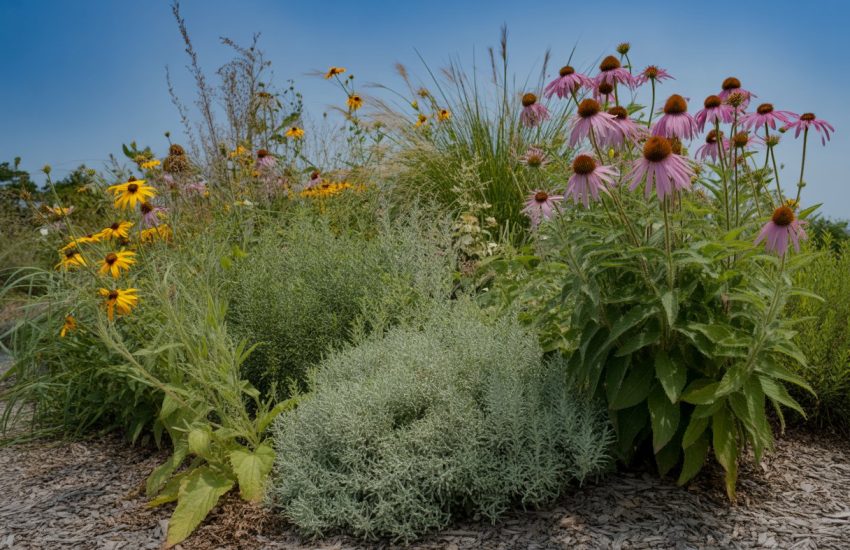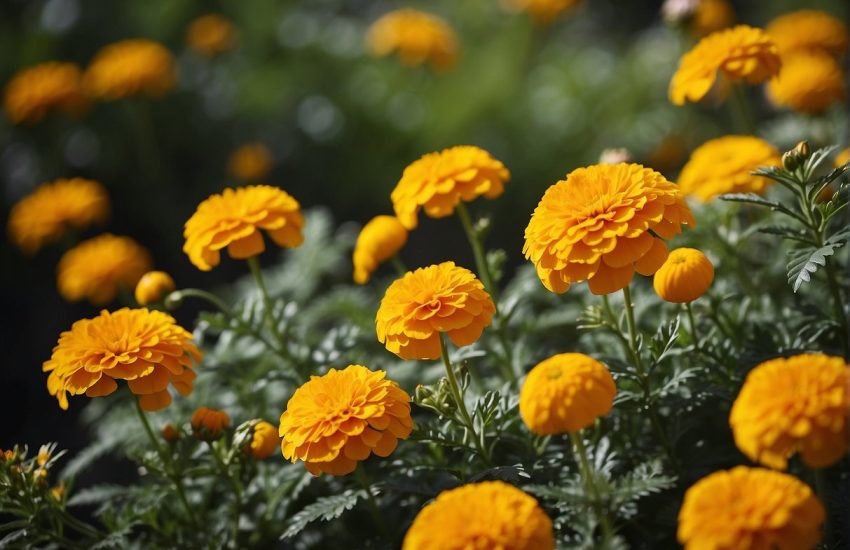Flowers that Look Like Lily of the Valley: A Guide to Identifying Similar Blooms
Lily of the valley is a delicate, sweetly scented flower that is popular in gardens and floral arrangements. However, it can be difficult to grow and maintain, and not everyone has the space or conditions to do so. Luckily, there are several other flowers that look like lily of the valley and can provide a similar aesthetic.

One such flower is Japanese Pieris, which closely resembles lily of the valley with its drooping clusters of white bell-like blooms. It is a common sight in the mountain thickets of southeast China, central to southern Japan, and Taiwan. Another alternative is Snowdrops, which are cheerful bulbous perennials that often appear during late winter between blankets of snow. Like lily of the valley, snowdrops only mature to 10 inches tall.
For those looking for native plant alternatives, there are several options that closely resemble lily of the valley. Wild ginger, for example, has heart-shaped leaves and small, bell-shaped flowers that are similar in appearance to lily of the valley. Wild sarsaparilla is another option, with clusters of small, white flowers that grow on long stems and resemble miniature lily of the valley blooms.
Botanical Cousins of Lily of the Valley
Lily of the Valley is a delicate and fragrant flower that is native to Europe and the United States. It is a popular choice for gardeners who want to add a touch of elegance to their garden. However, there are several other flowers that look similar to Lily of the Valley. In this section, we will explore some of the botanical cousins of Lily of the Valley.
Similar Bell-Shaped Flowers
There are several flowers that have a similar bell-shaped appearance to Lily of the Valley. One of these is the Canterbury Bells. This flower is native to Southern Europe and has a distinctive bell-shaped flower that comes in shades of blue, pink, and white. Like Lily of the Valley, Canterbury Bells prefer partial shade and moist soil.
Another flower that is similar to Lily of the Valley is the Peach-Leaved Bellflower. This flower is native to Europe and has a bell-shaped flower that comes in shades of blue and white. It prefers full sun to partial shade and moist soil.
The Spanish Bluebell is another flower that has a similar appearance to Lily of the Valley. This flower is native to Spain and has a bell-shaped flower that comes in shades of blue, pink, and white. It prefers partial shade and moist soil.
Plants with Similar Growth Habit
If you are looking for a ground cover that is similar to Lily of the Valley, then Pachysandra is a great choice. This plant is native to Japan and has glossy, dark green leaves that form a dense mat. It prefers partial to full shade and moist soil.
Vinca is another ground cover that is similar to Lily of the Valley. This plant is native to Europe and has glossy, dark green leaves that form a dense mat. It prefers partial to full shade and moist soil.
Ajuga is another ground cover that is similar to Lily of the Valley. This plant is native to Europe and has dark green leaves that form a dense mat. It prefers partial shade and moist soil.
It is important to note that while many of these flowers and plants are similar to Lily of the Valley, they may have different growth habits and preferences for sunlight and moisture. Gardeners should take these factors into consideration when choosing which plants to add to their garden.
Cultivation and Care
Soil and Planting
Lily of the valley thrives in well-drained soil that is rich in humus and nutrients. It can be planted in full sun or partial shade, but it prefers shady areas with moist soil. In Asia and North America, lily of the valley is often planted in woodland gardens, under trees, or in rock gardens. The plant is usually propagated by rhizomes, which should be planted in the fall or early spring. When planting, the rhizomes should be buried about an inch deep and spaced six inches apart.
Maintenance and Propagation
Lily of the valley requires minimal maintenance once established. It should be watered regularly, especially during dry spells, to keep the soil moist. Mulching around the plants can help to retain moisture and suppress weeds. Invasive rhizomes should be removed regularly to prevent the plant from spreading too much. Lily of the valley can be propagated by dividing the rhizomes in the fall or early spring. The new plants should be replanted immediately.
Pests and Diseases
Lily of the valley is generally pest and disease-free, but it can be affected by aphids, slugs, and snails. Aphids can be removed by spraying the plants with a strong jet of water or by using an insecticidal soap. Slugs and snails can be controlled by using slug bait or by handpicking them off the plants. Lily of the valley can also be affected by fungal diseases such as powdery mildew and leaf spot. These diseases can be prevented by providing good air circulation and avoiding overhead watering. If necessary, fungicides can be used to control the diseases.
Overall, lily of the valley is a hardy plant that requires minimal care and can add beauty to any garden. By providing the right soil, water, and space, gardeners can enjoy this lovely plant for years to come.


